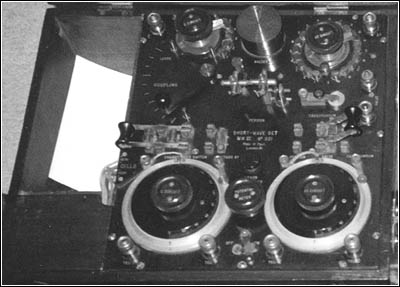Of Old Radios And Related Items--Published Monthly
Mark III Short-Wave Tuner
BY HOWARD STONE
Web Edition
We are fortunate that many examples of early wireless equipment have survived. In this article, Howard Stone describes a magnificent receiver from the World War I era and its application in warfare of that period. (Editor)
In World War I, the British used Mark III Short-Wave Tuners in the trenches. Jonathan Hill writes in Radio! Radio! that this early crystal set "was used by the R.F.C. ground stations for the reception of Morse Code signals transmitted from aeroplanes flying above the battlefields of the Western Front. The pilot's job was to direct the gunfire of artillery batteries on the ground via an R.F.C. wireless operator attached to each battery. With a clear view of the battle scene below, the pilots would transmit in Morse the coded position of the enemyand the message would be relayed on to the gunners who would then take the appropriate action."
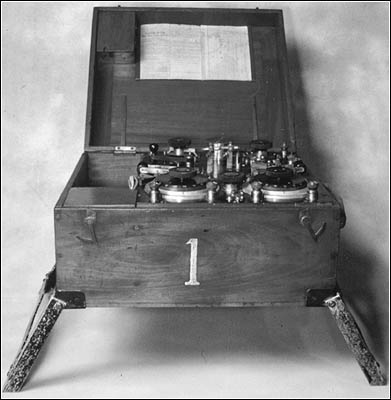
Figure 1. A Mark III Short-Wave Tuner in its case with the support legs in the extended position.
This procedure may seem primitive by today's standards, but it was a technological revolution in its day. It allowed artillery soldiers to be much more accurate than they could have been without knowing the enemy's position and the results of their shelling.
Marconi's Wireless Telegraph Company first developed the Mark III Short-Wave Tuner in 1915. From 1916 on, several variations of this tuner were manufactured by a number of companies, including Robert W. Paul, the W/T Factory, A.T.M. Company, and Johnson and Phillips.
My 1916 Mark III Short-Wave Tuner
Robert W. Paul of London manufactured my Mark III, which dates from 1916 and is shown in Figures 1 and 2. Figure 3, a panel view, shows the high quality of parts and workmanship used in the manufacture of the set. An under-the-panel view is shown in Figure 4. The Mark III's schematic, which is glued inside the bottom of the case, is shown in Figure 5.
This set, to my knowledge, is one of only two surviving Mark III Short-Wave Tuners that originally had attached folding aluminum legs. Presumably, these were intended to keep the radio off the ground and out of the mud.
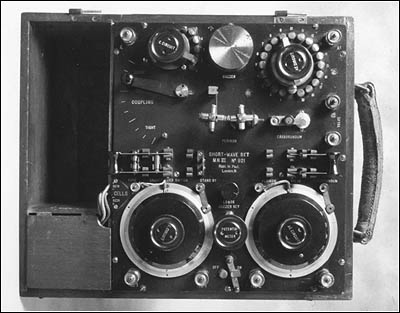
Figure 3. The high quality of the workmanship and components used in the Short-Wave set are evident in this closeup of its front panel.
The Mark III Short-Wave Tuner is a crystal set utilizing both carborundum and Perikon detectors. It covered the 100-700 meter wave range.
A box built into the lid of the Mark III Short-Wave Tuner holds additional crystals (see top left of Figure1). A valve can be hooked in place of the crystal detector; a switch on the right side of the set can be moved to select the carborundum detector, the Perikon detector, or an outboard valve.
The Mark III is tuned with the use of a buzzer. First the detector switch is set to the Perikon detector. The inductor and variable condenser are set to the estimated wavelength for receiving a particular station. Then the switch for the buzzer is pressed; this produces oscillations that act as if a station is transmitting at the estimated frequency. Finally, the various tuning knobs are adjusted until the loudest sound is heard in the earphones. The detectors also are adjusted for the loudest sound, and the buzzer is turned off. The Mark III Short-Wave Tuner is ready to receive.
Most Mark III tuners were covered with black painted canvas; however, the mahogany finish of my Robert W. Paul tuner is the original finish. I restored the cabinet by repeated washings of a very thick coat of dust and dirt that seems to have offered protection to the original finish. The number "1" painted on the front of the case appears to be original and is presumably the number of the set in an R.F.C. squadron group.
A comparison of two different Mark III sets can be seen in Figure 6. The more common type of Mark III, manufactured in 1918 by A.T.M. Company was fitted with a watch in the lid. The Paul Mark III was never fitted with a watch.
Reference:
Hill, Jonathan. Radio! Radio! Bampton, Devon: Sunrise Press, 1986.
(Howard Stone, 2825 6th Ave., Fort Worth, TX 76110)
Howard Stone is a professor of Pastoral Counseling at Texas Christian University, Fort Worth, Texas. A longtime collector, he is especially interested in wireless 1- and 2-tube battery sets of the early 1920s and in crystal sets. His series of articles on British crystal sets has appeared in A.R.C.
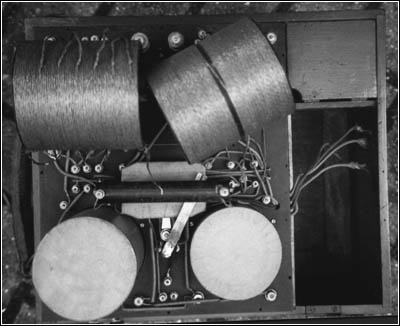
Figure 4. An underside view of the Short-Wave Tuner.
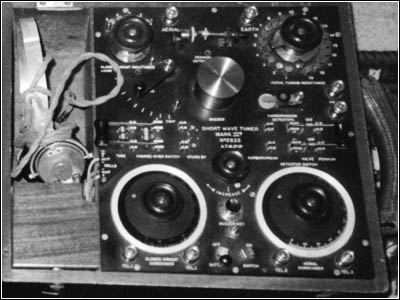
Figure 6. The tuner on the top is the one produced by Robert W. Paul. A later version manufactured by the A.T.M. Co. is shown on the bottom.
| [Free Sample] [Books, etc., For Sale] [Subscribe to A.R.C./Renew] [Classified Ads] [Auction Prices] [Event Calendar] [Links] [Home] [Issue Archives] [Book Reviews] [Subscription Information] [A.R.C. FAQ] URL = http://www.antiqueradio.com/Jul01_shortwave.html Copyright © 1996-2001 by John V. Terrey - For personal use only. Last revised: June 30, 2001. For Customer Assistance please contact ARC@antiqueradio.com or call (978) 371-0512 Pages designed/maintained by Wayward Fluffy Publications
Antique Radio Classified |
